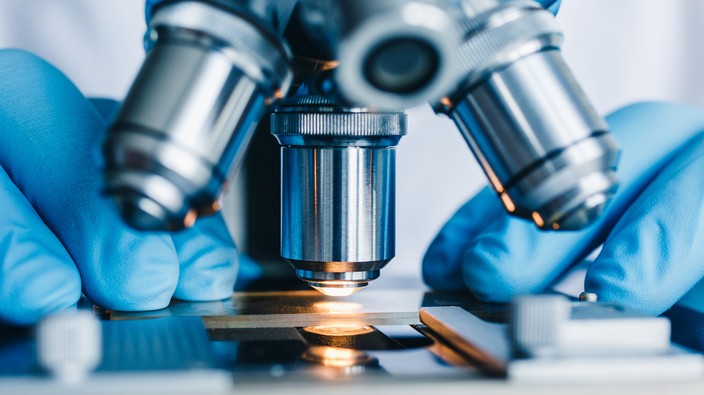researchers uncover new, highly prevalent form of prostate cancer
researchers hope the identification of a new subtype of the fourth most common cancer will lead the way to more targeted therapies.

prostate cancer is the fourth most common cancer in canada — and number one among men — with an estimated 23,300 people receiving a diagnosis in 2020, according to the public health agency of canada. getty
a team of researchers has just discovered a new subtype of hormone-resistant prostate cancer that accounts for 30 per cent of all cases of the deadly disease.
the subtype, which is detailed in the journal science, has been named stem cell-like (scl) by the team because some of the genes that are turned on within its cells resemble those seen in stem cells. it becomes the third known — and second most common — subtype of prostate cancer, falling between androgen-dependent and neuroendocrine in terms of prevalence.
“we didn’t know whether we were going to find additional subtypes,” said yu chen, the physician and scientist who led the research at memorial sloan kettering cancer center (msk) in new york. “this is a field that’s been studied for many years, by many investigators. so we were happy and surprised to find that there’s this fairly large group of patients with tumours that haven’t been characterized.”
part of the reason the subtype remained hidden for so long is the absence of laboratory models available to study prostate cancer. the team overcame this obstacle by growing and examining 40 different patient-derived models of prostate cancer from people being treated for the disease at msk.
advertisement
“prostate cancer is uniquely difficult to propagate in the lab,” chen said. “whereas there are hundreds of cell lines of melanoma and lung cancer, there’s only three or four prostate cancer cell lines that are useful.”
using a technology known as organoids, the team was able to grow organ-like structures in the lab from pieces of patients’ tumours. these “avatars” shed light on the disease, allowing for a study of its genetics and biochemistry. they also used patient-derived xenografts, a process that grows human tumours inside mice, to arrive at a total of 40 different patient-derived models of prostate cancer.
by looking at which genes were turned on in these models, the team was able to determine the existence of a new subtype. searching a biobank containing information on 366 prostate tumours revealed this subtype to be the the second-most common form of the cancer behind the androgen-sensitive version.
“for the past 80 years, the backbone of treatment for prostate cancer has been hormone-deprivation therapy,” chen said. “that’s because, essentially, all prostate cancers when they are first diagnosed depend on testosterone signalling. once patients become resistant to antigen deprivation it becomes a universally lethal disease.”
advertisement
now that researchers are aware of the molecular underpinnings of this new subtype, they may be able to develop more targeted therapies to help patients. the team has already identified some experimental drugs currently in human testing that can block the growth of scl in laboratory and animal models and hope to establish clinical tests on patients in the near future.
prostate cancer is the fourth most common cancer in canada — and number one among men — with an estimated 23,300 people receiving a diagnosis in 2020, according to the public health agency of canada. roughly one in nine canadian men will be diagnosed with prostate cancer at some point in their lives, with 99 per cent of cases occurring in men over the age of 50. the likelihood of surviving at least five years upon diagnosis is 93 per cent.
dave yasvinski is a writer with healthing.ca
thank you for your support. if you liked this story, please send it to a friend. every share counts.
 3 minute read
3 minute read





